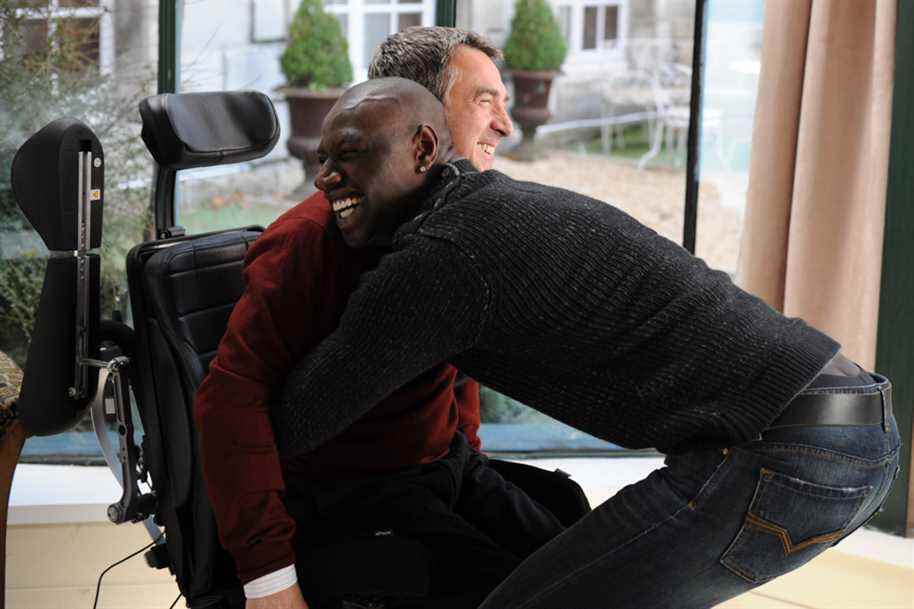(Paris) Characters perceived as “non-white” are very much in the minority in French films, more often confined to the roles of delinquents, and have a greater chance of dying on screen, according to a study by the 50/50 collective unveiled Monday, rare initiative to quantify the phenomenon.
According to this study, carried out by academics on a hundred French films, 81% had a main character “perceived as white”, 7.5% a main character “perceived as Arab”, 7.2% “perceived as black” and only 1.5% “perceived as Asian”.
The films analyzed are the 115 feature films with the biggest budget or having met the greatest success in theaters in 2019 – the imbalance is however slightly less marked than on television, underlined the persons in charge of the study, baptized Cinégalités.
The difference is also marked by taking gender into account: one in two main characters is “a man perceived as white”, against only 6% of main characters who are “women perceived as non-white”.
The researchers looked at the roles assigned to non-white characters: they are three times more likely to play a criminal or a delinquent. As for the characters “perceived as Muslims”, they are six times more likely to play these roles. “The figures of marginality are first of all foreigners”, analyzes Maxime Cervulle (University of Paris VIII), who co-directed the study.
Arab characters are twice as likely to die on screen: one in ten dies during the film, against one in twenty for all the characters.
The study also makes it possible to pose figures on the way in which social classes are represented (one in two characters in films is an executive, while they only represent one in five French people), or the disabled (18% of the French population with disabilities, but only 2.9% of film characters are).
The study, the first results of which were unveiled Monday at the meeting of this collective spearheading questions of diversity in cinema, “gives a lot of hope, because we will be able to have a basis to train the public authorities” , underlined Laurence Lascary, one of the co-chairs.
For “all that relates to ethnoracial diversity, we were locked in a black hole of incantation, of intuition […], because there were no numbers, ”she added.
